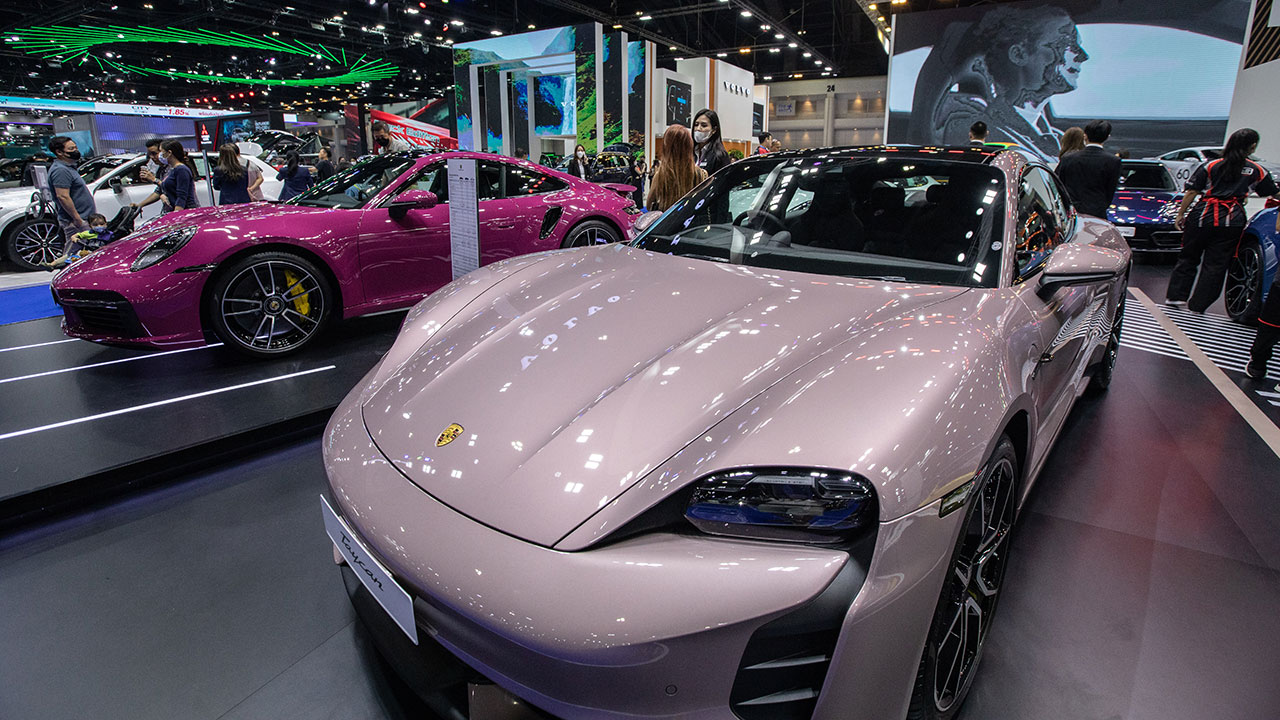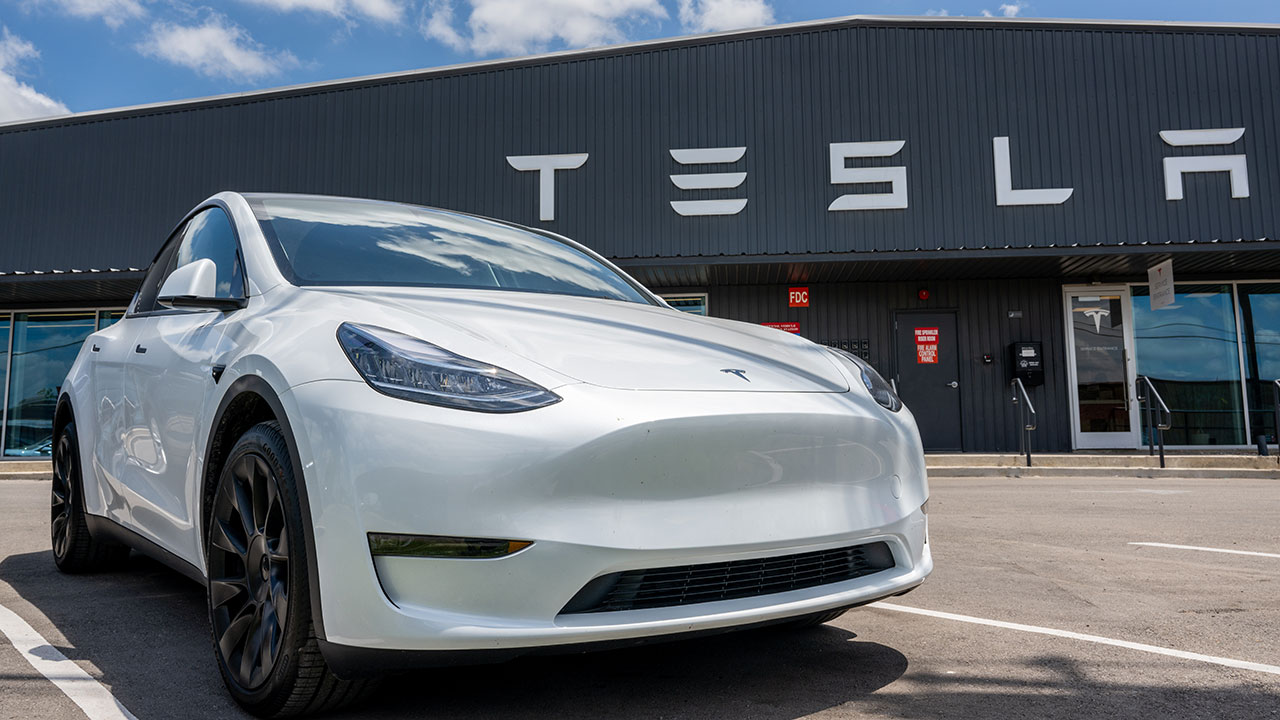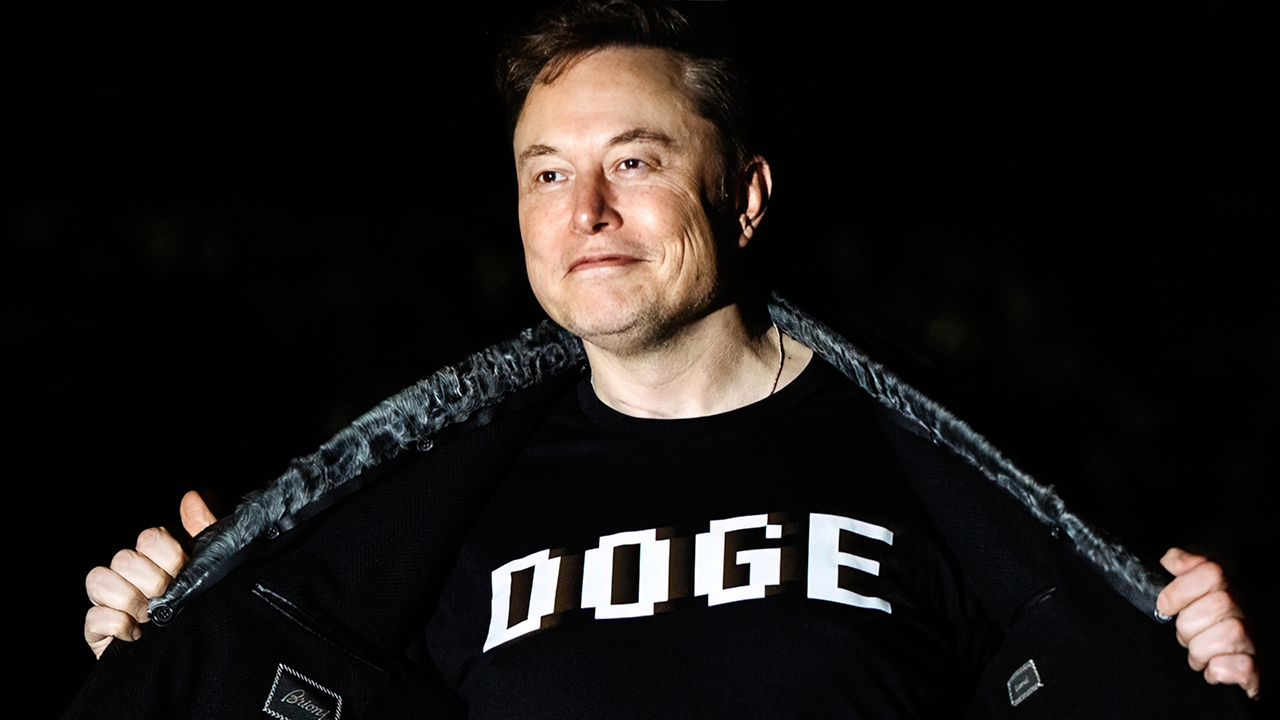Sticker shock: Why US cars are frozen out of the European market

Most people around the world either need or want to buy a car. But when it comes to choosing the model, American vehicles get short shrift. In other words, people outside the U.S. seem to shun buying U.S. vehicles. Instead, they’d rather buy their homegrown version.
Consider these car sales figures. In 2024, the U.S. imported 757,564 new vehicles made in the European Union, whereas the EU imported only 169,152 from America, according to the European Automobile Manufacturers’ Association. Put in money terms, that’s EU sales to the U.S. of 38.5 billion euros ($43.9 billion) versus €7.8 billion (approximately $8.9 billion) sold to Europe.
A big part of the reason is the 10% tariff the EU places on all imports of cars and light trucks. Compare that with a 2.5% tariff on cars before President Trump's recent changes. That alone puts U.S. cars at a major disadvantage compared to automobiles made inside Europe.
STELLANTIS OFFERS EMPLOYEE DISCOUNT TO US BUYERS AS AUTO TARIFFS TAKE EFFECT
Some of the best-selling U.S. trucks and cars are way more expensive in Europe.
For instance, in the U.S., a new Chevy Tahoe, a large SUV, has a starting list price of $59,000. In Norway, that goes up to $100,000 once taxes are added. Elsewhere in Europe, you’ll still pay more: in France, it goes up to $60,490.
The taxes and other costs added can make the cost of even a used car eye-watering. For instance, FOX Business found a 2021 Dodge Ram was recently offered at 2.5 million Norwegian krone, the equivalent of $235,000.
A new Ford Ranger truck will start at $33,808 in the U.S. but $40,000 in France and Germany. Outside of Europe the cost is the same in China and Japan.
A Jeep Grand Cherokee starts at $38,490 in the U.S. but $64,830 in France and $61,990 in Germany. In Japan and China it would cost around $61,990.
A Chevy Corvette C8 Stingray starts at $68,300 in the U.S. but $69,990 in France and Germany. In China, it's $76,990 and, in Japan, $69,990.
A Tesla Model Y costs $50,630 in the U.S. but $51,289 in France and $51,175 in Germany. This was the only U.S. car to be the best-selling vehicle in any European Union country during 2024. They were Denmark, Netherlands and Sweden. In all the other EU countries, people picked non-U.S.-made cars as the top choice. In China, a Tesla model Y is $36,430. In Japan, it is $61,600.
Each country has different taxes for cars, which usually depend on the price of the vehicle.
GM TO INCREASE TRUCK PRODUCTION IN US AFTER TRUMP TARIFF ANNOUNCEMENT
There are issues other than price that make American cars and light trucks less appealing in Europe. Notably, U.S. cars tend to be significantly larger than European cars, weighing about 20% more on average than European cars. That makes U.S. cars more expensive to run, as gasoline is far more costly in Europe than in the U.S. In the major European economies, such as France, Germany and Italy, gasoline costs $7.19 to $7.57 a gallon. That’s more than double the recent U.S. price of $3.22 a gallon.
"There is a psychological issue of how much it costs to fill the gas tank," Robert Wright, an economics professor at Central Michigan University, told FOX Business. "Psychologically, you don’t want to fill a large gas tank due to the cost."
There's also been a long-standing bias or snobbery against buying American cars in Europe.
Wright said, "Many Europeans also think that American cars are less reliable than European or East Asian automobiles at similar price points and few appreciate American styling."
"The cars are smaller everywhere in Europe," Art Hogan, chief market strategist at B. Riley told FOX Business. "They don’t have massive SUVs and don’t have oversized cars. That’s probably been a challenge for selling American cars in Europe."
Smaller cars have led to smaller parking spaces, which mildly enforces the preference for small cars.
Plus, European roads are narrower and tend to be winding rather than straight, which reflects the medieval-style road system in most of the countries. "While driving, I haven’t seen a single American car that would fit on a European road," Hogan said.
GET FOX BUSINESS ON THE GO BY CLICKING HERE
There’s a further challenge: car safety. That matters when selling U.S. cars in the EU. The EU laws on safety are far more stringent than in the U.S., according to POLIS, a collaborative European network of cities and regions to improve transport. It says road deaths in Europe have dropped by 16% since 2013 compared to an increase of 25% in the U.S. The organization points to American pickup trucks as a danger to pedestrians and cyclists.
Those worries about safety may deter some people from buying American-made vehicles. "The issue partially comes down to consumer beliefs," Wright says.
Things are similar in other regions and countries with sales in 2023 of 33,417 vehicles to China, according to World Integrated Trade Solution. Japan bought less than that at 28,369. Many other countries bought even fewer vehicles.
What's Your Reaction?
 Like
0
Like
0
 Dislike
0
Dislike
0
 Love
0
Love
0
 Funny
0
Funny
0
 Angry
0
Angry
0
 Sad
0
Sad
0
 Wow
0
Wow
0






















































.png?Expires=1838763821&Key-Pair-Id=K2ZIVPTIP2VGHC&Signature=IO0~CT3pU-TcxGc~yoZSmoQx23MZVuK-~4jSii~NKEblRmyO3el7NXPu~Rh1o23voASg7hlcHLw4kvQuDK1jssEhcjoNBBvEpZ~GGOAU6yosBhpHpeF179F~h7i6VxmsBNh9gtTutkoqY73O2YCFey~IAqSzKbBqETP1kP9cAg1916Z1YkJJs-5MliMrkZ5d7-mWGLbpHp2wGj2VlMph8XzYlL4~y1O7fB~JdIS~Rs4RMRs2x0WT1qUIpHAsf3GdwtOyAmKFSpIg8xCyNGZZ5h~13nXlmpd7uPvW8tBfttpG9pFTqcway-uch5WyfHOEfi7UlJCOWrr6fCYY5PMgSg__)







